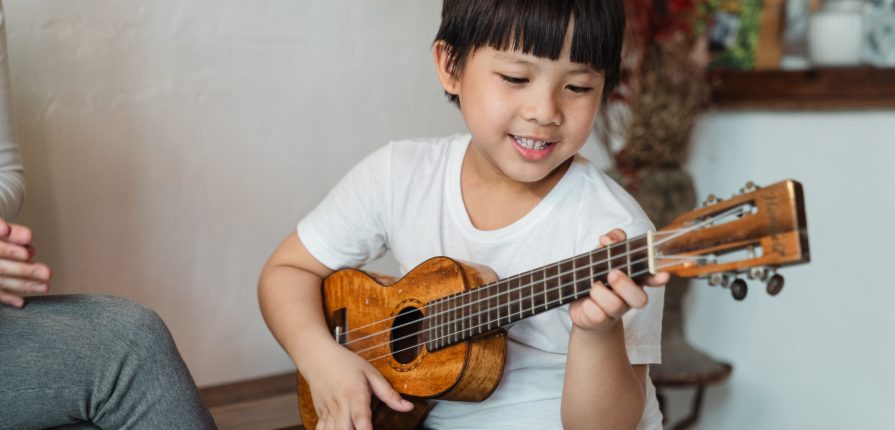We all know how beneficial music can be for children from a creative, social, and even developmental point. But, sometimes, it can be hard to get our children interested in music. Luckily, there are many things we, as parents and teachers, can do to spark children’s interest in music, musical instruments, dance, and other related disciplines.
— August 12th, 2021
Below are five easy ways to get children singing, dancing, and interested in music:
1. Encourage listening skills
Getting children to explore music and describe what they hear is a helpful way to help them grow their listening skills.
Pick a piece of music to play and while listening to it ask children some simple questions about what they hear e.g.
• How would you describe this music?
• What sounds can you hear in this song?
• How does this music make you feel?
• What do you like/don’t like about this song?
Listening and describing music in this way can help a child’s communication development while also developing a more polished ear.
2. Play along to music
All children, especially at a young age, love to make noises and play musical instruments. Thus, playing along to a song is an excellent way for them to experience music and explore its dynamics (i.e., the sound volume of a piece of music.)
Playing along is also a great way to discover the pulse of a song, also known as the beat. Typically the pulse is what people tap their foot to or dance along to when listening to music.
3. Explore the different instruments that make up a song
Try playing games and activities as a way of identifying how a variety of instruments combine to make a piece of music. It helps children get familiar with sounds and instruments and allows them to grow their love for specific musical instruments.
Listening to an orchestra or a philharmonic is an excellent exercise as different instruments in the orchestra have different roles and a part of various families:
• Brass – instruments such as trumpets, trombones, tuba
• Strings – instruments such as cello, violin, viola
• Percussion – instruments such as drum kit, cymbals, xylophone
• Woodwind – instruments such as flute, clarinet, and saxophone
• Keyboard – instruments such as piano, keyboard, organ
4. Make your own sounds
Let your children experiment with sounds that can be created with mouths.
Try encouraging children to describe the sounds they make. By doing this, you will be exploring different sounds and encouraging active listening.
Playing with mouth sounds is a physical exercise that supports children’s muscles in their mouths, which helps their speech development.
5. Get moving to music
Tempo refers to the speed in music, and a great way for children to explore this is physically.
Invite your child to move while listening to music and watch how they respond, then follow and copy their ideas. Some children may find physically expressing their response to music much more natural than talking about or playing instruments with the music.
Try experimenting with a wide range of genres of music and watch how your child responds.
——
This article is a re-post, with minor modifications, of “Five ways to spark your child’s interest in music,” an article published on bbc.co.uk.


